Throughout the history of music, genres have constantly evolved, blending and merging to create new sounds and experiences. One of the most fascinating developments in recent decades has been the emergence of jazz fusion—a genre that transcends traditional boundaries, combining elements of jazz with a wide array of other musical styles. Jazz fusion represents a dynamic interplay of creativity, where artists take inspiration from various cultural and artistic movements, resulting in a unique fusion of genres. This article delves into the essence of jazz fusion, exploring how it seamlessly integrates different musical traditions to create innovative soundscapes. From its origins to its modern-day evolution, jazz fusion continues to captivate audiences worldwide, proving its timeless appeal and its ability to bridge cultural divides through music.
Key Takeaways
- Jazz fusion merges genres like jazz, rock, funk, Latin, and global influences to create unique sounds.
- It blends jazz with rock, funk, Latin, and global music, exemplified by artists like Miles Davis, John McLaughlin, Tower of Power, Herbie Hancock, Carlos Santana, and Weather Report.
- Balances improvisation with structured compositions for intellectual stimulation.
- Utilizes modular frameworks and polyrhythmic textures for dynamic arrangements.
- Expands traditional instrumentation with extended instruments like electric keyboards, saxophones, and drum kits.
- Influences and shapes genres across rock, pop, hip-hop, and electronic music.
- Bridges cultural gaps through music, fostering global appreciation and understanding.
- Drives musical innovation by pushing genre boundaries and encouraging creative expression.

What is Jazz Fusion and How Does It Combine Different Music Genres?
Jazz fusion is a genre of music that merges elements from various genres, primarily drawing from jazz, rock, funk, and Latin music. It emerged in the late 1960s and early 1970s, exemplified by artists like Herbie Hancock, Miles Davis, and Weather Report.
Key Characteristics of Jazz Fusion
- Blending Genres: Jazz fusion takes the improvisational nature of jazz and combines it with elements from rock, funk, and Latin music, creating a unique sound that transcends traditional boundaries.
- Instrumentation: Musicians often use a variety of instruments, including electric guitars, synthesizers, drums, and horns, to create a rich and layered texture.
- Composition: Songs in jazz fusion typically feature complex compositions, intricate solos, and a focus on innovation and exploration.
- Cultural Impact: It has influenced numerous genres and continues to inspire new music today.
Examples of Jazz Fusion
Some of the most notable jazz fusion bands include:
- Weather Report: Known for their eclectic style and ability to seamlessly integrate different genres.
- Return to Forever: A band that combines jazz with funk and Latin influences, creating a distinctive sound.
- Herbie Hancock: Famous for his groundbreaking album “Miles Davis” and his innovative use of electronic instruments.
The Evolution of Jazz Fusion
Jazz fusion began in the late 1960s and 1970s, with artists pushing boundaries by incorporating elements from rock, funk, and Latin music. This era saw the rise of bands that challenged traditional jazz norms, leading to a new wave of creative expression in music.
The Legacy of Jazz Fusion
Today, jazz fusion remains a vibrant genre with a global fanbase. It has influenced countless musicians and continues to evolve, blending with other genres like hip-hop and electronic music. The genre’s emphasis on innovation and diversity makes it a cornerstone of modern music.
Tiger Funk is a great resource for exploring jazz fusion and its related genres. Check out our articles on jazz fusion and other related topics to dive deeper into the world of music.
How Do Jazz Fusion Artists Combine Different Music Genres?
Jazz fusion artists masterfully blend various musical styles to create innovative soundscapes. They often draw inspiration from genres like rock, funk, classical, Latin, and world music, combining elements such as syncopated rhythms, melodic motifs, and harmonic structures. Here’s how they achieve this:
- Genre Sampling : Artists frequently incorporate snippets from different genres. For instance, a jazz fusion track might layer a funk bassline with a rock-inspired guitar solo, creating a dynamic interplay between contrasting styles.
- Improvization and Composition : Fusion pieces often feature complex compositions that merge elements from multiple genres. This is evident in tracks that seamlessly transition from a Latin rhythm section to a classical string arrangement, showcasing versatility in instrumentation.
- Cultural Influence : Many fusion artists draw from global musical traditions. A piece might incorporate African drumming patterns, Middle Eastern scales, or Asian modal systems, reflecting a broad cultural tapestry.
- Collaborative Projects : Fusion ensembles often bring together musicians from diverse backgrounds. Collaborations with rock, pop, or world music artists result in works that defy traditional genre boundaries.
- Technique and Innovation : Fusion artists employ advanced techniques like polyrhythms, extended harmonies, and unconventional song structures. These elements allow them to merge genres effectively while maintaining a cohesive artistic vision.
Examples of successful fusion projects include Herbie Hancock’s “Maiden Voyage,” which blends jazz with funk and rock, and Weather Report’s “The Moonflower,” which integrates elements of rock, jazz, and classical music. These works highlight the transformative power of genre blending in jazz fusion.
By pushing creative limits, jazz fusion artists continue to influence modern music, proving that boundaries are meant to be explored and broken.
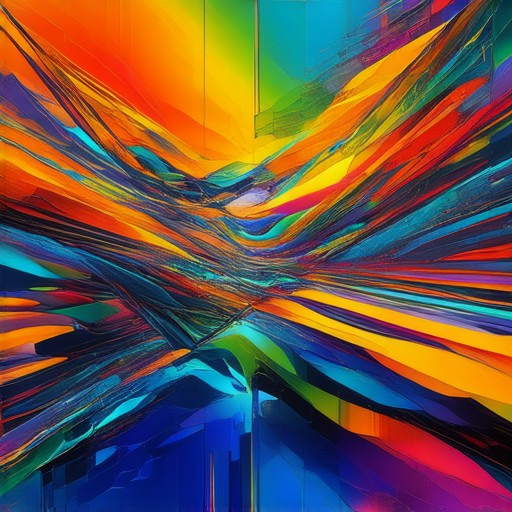
Key Elements of Jazz Fusion
- Definition: Jazz fusion is a musical genre that blends elements from jazz, rock, funk, and world music, creating a unique and diverse sound.
- Improvisation: A cornerstone of jazz, fusion often features spontaneous compositions and solos, allowing musicians to explore creative variations during performances.
- Complex Rhythms: Fusion typically incorporates intricate and polyrhythmic patterns, often influenced by African and Latin rhythms, giving it a driving and dynamic feel.
- Harmonious Structures: The music frequently employs extended harmonic progressions and unconventional chord structures, reflecting its jazz roots while branching out into new sonic territories.
- Instrumentation: Fusion often features electric instruments like synthesizers, guitars, and drums, which contribute to its modern and amplified sound.
- World Music Influence: Fusion draws from diverse global music traditions, incorporating elements from Africa, Latin America, and Asia to create a globally inspired sound.
- Variability in Style: While fusion has defining characteristics, it is known for its versatility and ability to absorb influences from various genres, leading to a wide range of subgenres within the category.
Examples of jazz fusion artists include Weather Report, Return to Forever, and Herbie Hancock, who each brought innovative approaches to the genre. Critics praise fusion for its ability to push boundaries, though some argue it can lack a consistent cohesive style due to its eclectic influences.
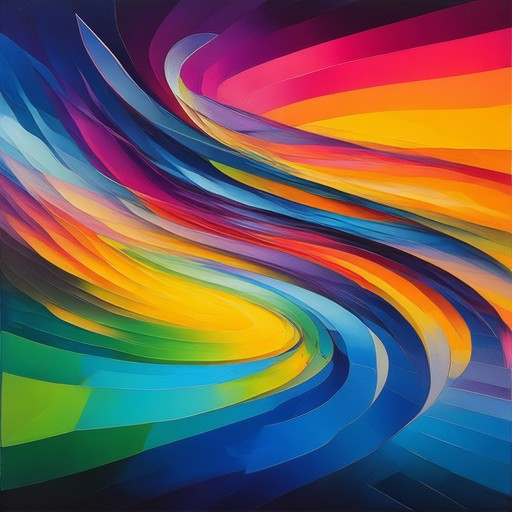
How Does Jazz Fusion Bring Together Different Music Genres?
Jazz fusion is a dynamic musical style that merges various genres, creating a unique sound that transcends traditional boundaries. At its core, jazz fusion blends jazz , rock , funk , Latin music , and global influences to craft innovative compositions that resonate across cultures. This artistic synthesis allows musicians to explore diverse sonic palettes while maintaining the improvisational spirit of jazz.
Key Components of Jazz Fusion:
- Jazz & Rock Collaboration :
Jazz fusion often fuses with rock, incorporating electric guitar riffs, powerful drum beats, and melodic hooks typical of rock music. Artists like Miles Davis and John McLaughlin pioneered this combination, creating groundbreaking albums that redefined musical boundaries. - Funk Influence :
Funk’s rhythmic grooves and syncopated basslines are a staple in jazz fusion. Bands such as Tower of Power and Herbie Hancock exemplify how funk’s energy enhances the genre, creating infectious rhythms that appeal to a wide audience. - Global Sounds Integration :
Jazz fusion embraces diverse cultural influences, drawing from African, Latin, Asian, and European traditions. This inclusivity is evident in works by artists like Carlos Santana and Weather Report , who incorporate world music elements seamlessly. - Improvisation & Composition Balance :
While jazz relies heavily on improvisation, fusion often features complex compositions and structured arrangements. This balance allows for both spontaneity and thematic development, making the music both accessible and intellectually stimulating.
Techniques Used in Jazz Fusion:
- Modular Compositions : Many jazz fusion pieces are built around modular frameworks, allowing for extensive improvisation while maintaining a cohesive structure.
- Amalgamation ofhythms : The genre frequently combines meters and tempos from different traditions, creating polyrhythmic textures that are both challenging and captivating.
- Use of Extended Instruments : Artists often employ unconventional instruments, such as electric keyboards , saxophones , and drum kits , to push the boundaries of traditional jazz instrumentation.
Impact on Music Evolution:
Jazz fusion has been instrumental in breaking down genre limitations, inspiring artists across various musical landscapes. Its influence extends beyond jazz, shaping rock, pop, hip-hop, and electronic music. By bridging cultural gaps through music, jazz fusion continues to foster understanding and appreciation for the rich diversity of human expression.
This innovative approach not only keeps jazz alive but also ensures its continued relevance in today’s globalized music scene.
How Does Jazz Fusion Bring Together Different Music Genres?
Jazz fusion is a dynamic musical style that merges various genres, creating a unique sound that transcends traditional boundaries. At its core, jazz fusion blends jazz , rock , funk , Latin music , and global influences to craft innovative compositions that resonate across cultures. This artistic synthesis allows musicians to explore diverse sonic palettes while maintaining the improvisational spirit of jazz.
Key Components of Jazz Fusion:
- Jazz & Rock Collaboration :
Jazz fusion often fuses with rock, incorporating electric guitar riffs, powerful drum beats, and melodic hooks typical of rock music. Artists like Miles Davis and John McLaughlin pioneered this combination, creating groundbreaking albums that redefined musical boundaries. - Funk Influence :
Funk’s rhythmic grooves and syncopated basslines are a staple in jazz fusion. Bands such as Tower of Power and Herbie Hancock exemplify how funk’s energy enhances the genre, creating infectious rhythms that appeal to a wide audience. - Global Sounds Integration :
Jazz fusion embraces diverse cultural influences, drawing from African, Latin, Asian, and European traditions. This inclusivity is evident in works by artists like Carlos Santana and Weather Report , who incorporate world music elements seamlessly. - Improvisation & Composition Balance :
While jazz relies heavily on improvisation, fusion often features complex compositions and structured arrangements. This balance allows for both spontaneity and thematic development, making the music both accessible and intellectually stimulating.
Techniques Used in Jazz Fusion:
- Modular Compositions : Many jazz fusion pieces are built around modular frameworks, allowing for extensive improvisation while maintaining a cohesive structure.
- Amalgamation ofhythms : The genre frequently combines meters and tempos from different traditions, creating polyrhythmic textures that are both challenging and captivating.
- Use of Extended Instruments : Artists often employ unconventional instruments, such as electric keyboards , saxophones , and drum kits , to push the boundaries of traditional jazz instrumentation.
Impact on Music Evolution:
Jazz fusion has been instrumental in breaking down genre limitations, inspiring artists across various musical landscapes. Its influence extends beyond jazz, shaping rock, pop, hip-hop, and electronic music. By bridging cultural gaps through music, jazz fusion continues to foster understanding and appreciation for the rich diversity of human expression.
This innovative approach not only keeps jazz alive but also ensures its continued relevance in today’s globalized music scene.

How Do Artists Use Jazz Fusion to Merge Different Music Genres?
Artists employ jazz fusion by seamlessly integrating various musical styles, allowing for a dynamic and eclectic sound. This technique involves combining elements from different genres such as rock, funk, Latin, and world music, creating a unique blend that defies traditional boundaries.
One key method is the use of improvisation, a hallmark of jazz, which enables artists to explore different sounds and rhythms. By layering harmonies and rhythms from multiple genres, they can craft intricate compositions that resonate across audiences.
Another approach is the incorporation of diverse instrumentation. Artists may blend elements of rock guitar, funk basslines, and Latin percussion, creating a rich tapestry of sounds. This fusion often results in innovative textures that captivate listeners.
Additionally, artists may draw inspiration from global musical traditions, incorporating elements from African drumming, Indian ragas, or European classical motifs. This cultural melting pot creates a universal language of music that transcends borders.
For instance, Herbie Hancock’s “Maiden Voyage” exemplifies jazz fusion by merging funky grooves with orchestral arrangements, showcasing how genres can coexist harmoniously. Similarly, Weather Report’s “Cobbler” demonstrates the ability to fuse jazz with progressive rock elements, creating a sound that is both complex and accessible.
By embracing this creative process, artists not only pay homage to musical heritage but also push boundaries, inspiring new forms of expression. This collaborative spirit is what makes jazz fusion a powerful tool for merging genres, offering endless possibilities for innovation in music.
Conclusion
Jazz fusion serves as a bridge between diverse musical worlds, enabling artists to create something entirely new and exciting. Through innovative techniques, improvisation, and a willingness to explore, artists continue to redefine music, proving that genre boundaries are meant to be pushed.
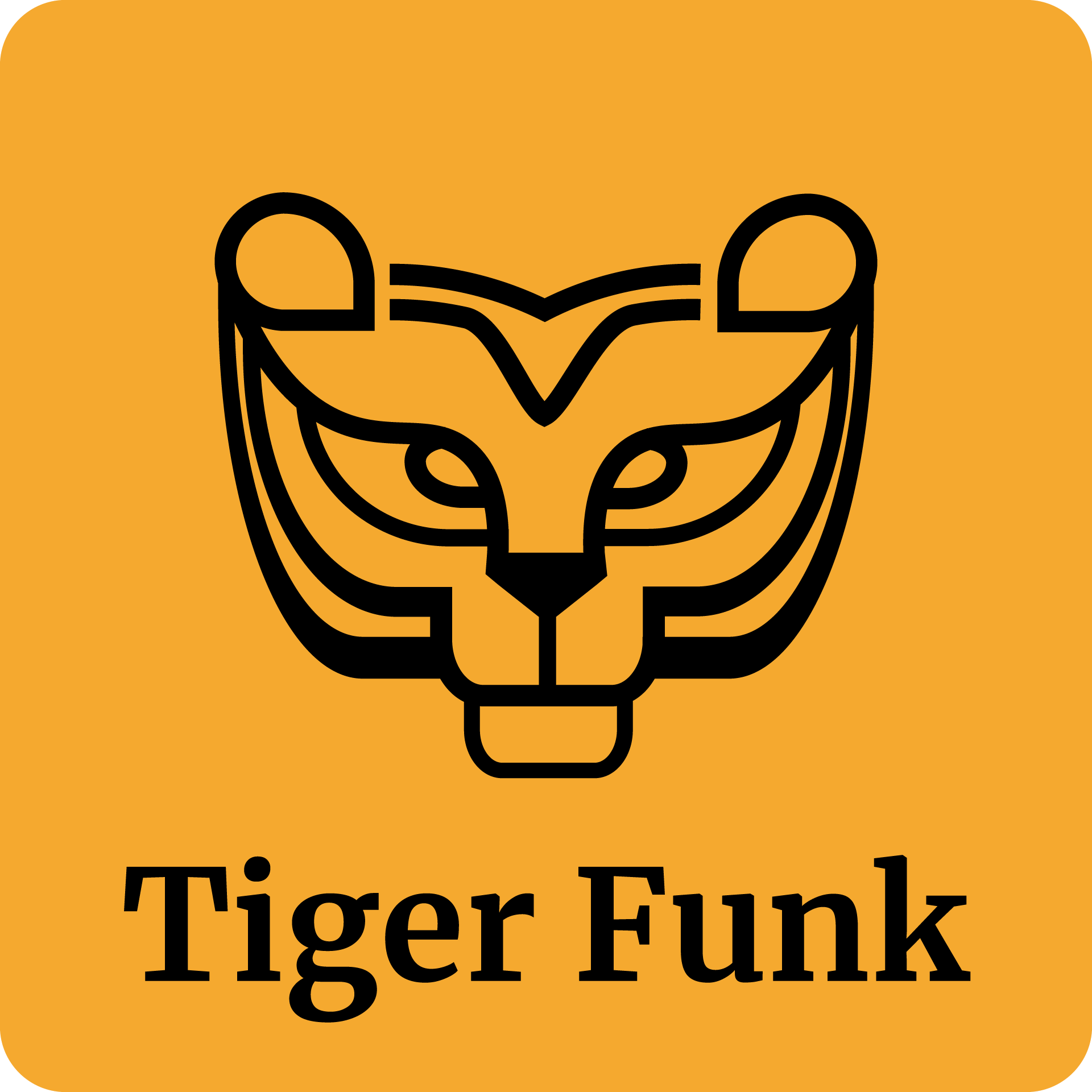
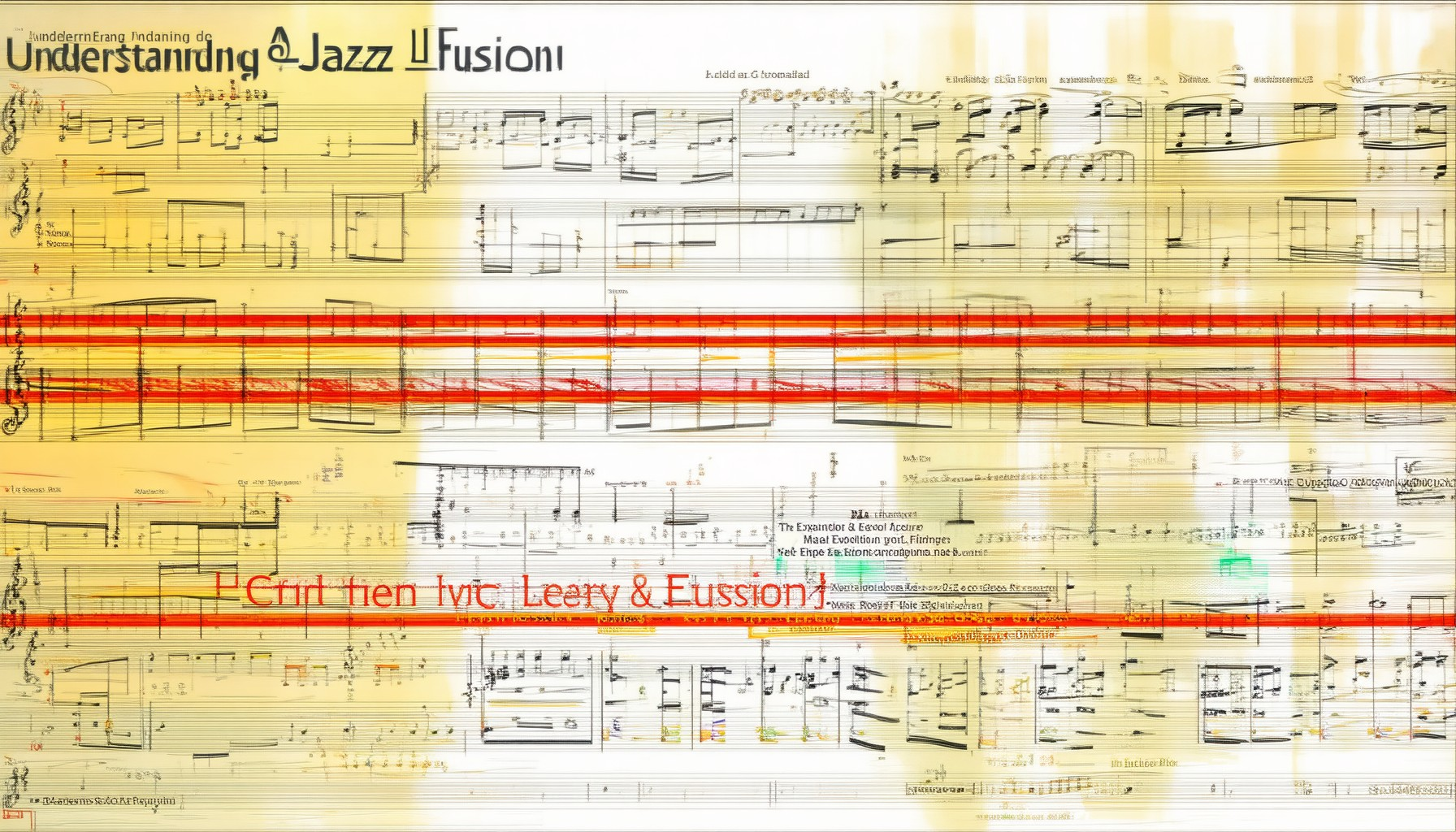
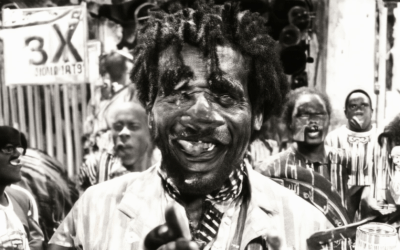
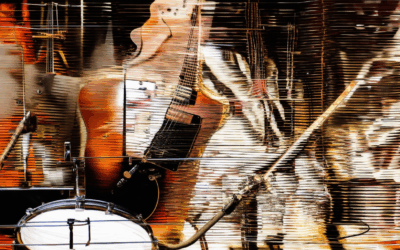
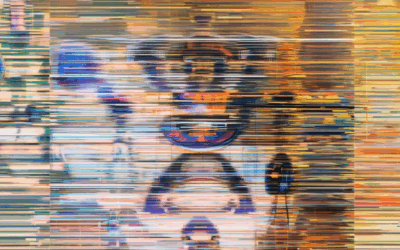
0 Comments